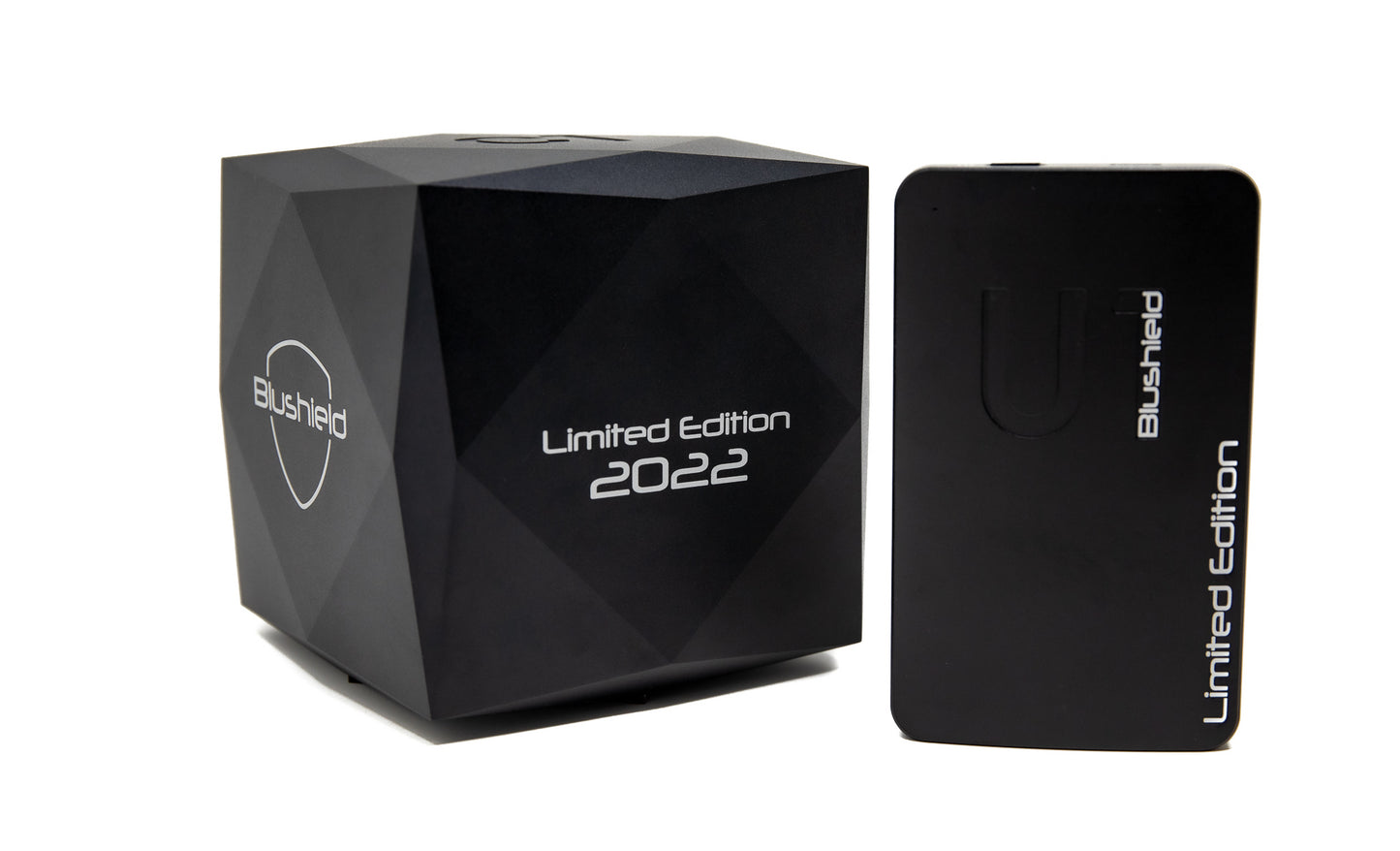
Related to the 5G rollout, this increase in tower and antenna numbers is called densification. These higher frequencies, often above 1 GHz (gigahertz) all the way up to 47 GHz (with plans to go higher in the future), are desirable for the 5G vision due to their much faster transmission speeds and higher performance bandwidth. But the higher you go in frequency, the smaller the coverage area, and the more the signal can be interrupted by any obstruction, including buildings, trees, or even rain and fog!
As detailed in our 2021 article, 5G Explained (and What It Means for Health & Humanity), 5G will utilize a wide range of frequencies. A lot of it will overlap the current 4G spectrum in the high megahertz ranges, due to the long distance transmission that’s characteristic of lower frequencies. This is referred to as low band 5G, and is the easiest to implement because it doesn’t require the installation of new towers, just additional antennas that use the updated technology placed on current towers.
At the opposite end of the spectrum is high band 5G, which is currently defined as frequencies over 6 GHz (although other sources define it as 24 GHz and beyond). Millimeter waves, which are waveforms with frequencies over 30 GHz and up to 300 GHz, are part of the grand vision of 5G’s IoT (Internet of Things) uses in dense metropolitan areas. However, these higher frequencies require extremely dense infrastructure, which could mean an antenna on every street corner or multiple antennas inside of a single building! This makes millimeter waves both impractical for broad coverage ranges, and expensive to implement due to the massive increase in infrastructure that would need to be installed before these more advanced uses can be realized at their full potential.
Between low and high band 5G is a small band of spectrum between 1 GHz and 6 GHz, referred to as mid band. Telecoms see this as the “sweet spot” for 5G use, and this spectrum is highly coveted because it has the strengths of both low and high band – the wider coverage range of low band, with the faster speeds and higher bandwidth of high band. It can be implemented with only a fraction of the new infrastructure that high band 5G requires to function, so is seen as a realistic short term goal that will considerably expand 5G service capabilities.
The T-Mobile website explains how telecoms feel about the mid band spectrum: “Mid-band is critical to 5G spectrum because it bridges the speed, capacity, coverage, and penetration gaps between low-band and mmWave.”
Telecoms and aviation industry fight over mid band spectrum
At around this time last year, AT&T and Verizon spent a combined total of $70 billion purchasing portions of spectrum between 3.7 and 3.98 GHz that were being auctioned by the FCC, in the highly desirable mid band. They were preparing to launch their expanded 5G network on December 5th, but met with an unexpected obstacle that ended up delaying their rollout date, which could have been easily foreseen if they had been paying attention.The frequency spectrum between about 3.7 and 8 GHz is commonly referred to as C-band, where the C stands for communications, due to the long standing use of this frequency spectrum for satellite communications uses around the world. The lower portion of this spectrum, 3.7 to 4.2 GHz, is used by many types of satellites for their downlinks, meaning the transmission from space based satellites to their associated ground stations.
The portion of spectrum just above satellite usage, within the 4.2 to 4.4 GHz range, has a special use in the aviation industry. Radar altimeters are instruments that are designed to provide altitude (direct height-above-terrain/water) information to a variety of aircraft systems, including transport and commuter airplanes, as well as helicopters. The information that radar altimeters provide is critical during attempted landings in bad weather with low visibility, as well as other low altitude operations, and is of utmost importance to the safe operation of an aircraft. Due to their critical nature and highly sensitive receivers, radar altimeters have exclusive use of the 4.2-4.4 GHz band throughout the world.
Similar to other radar devices, a radar altimeter must be able to detect faint signals reflected off the ground to measure altitude. These instruments are highly accurate in normal conditions, but the signals they are designed to detect are very faint. If there are frequencies present from other sources operating in the nearby spectrum at a higher level of power, they may interfere with the radar altimeter’s highly sensitive instruments of detection and produce false results. The possibility of this type of interference could mean the difference between a safe, predictable flight and a fatal disaster.
The Federal Communications Commission (FCC) is the government body that is supposed to regulate the telecom industry, but in practice seems wholly devoted to awarding them legal permission to do anything they want. This is something you can read about in detail in Captured Agency, a 2015 report by the Harvard University Center for Ethics.
The FCC argues that there is already a 220 MHz guard band that would act as a buffer between the mobile broadband 5G use of C-band, and the airline’s instruments. However, industry experts and major aerospace and avionics manufacturers have studied the subject in depth, and are concerned that this guard band is not nearly enough, due to the wide difference between the high power 5G emissions and the subtle, low power radar waves from the altimeters. Therefore, the aviation industry has expressed ongoing concern about this issue since as far back as 2013, when 5G’s planned utilization of mid band spectrum was initially being proposed.
In the years since, the Federal Aviation Administration (FAA) and other aviation and transportation organizations have attempted to resolve these concerns with the FCC, proposing solutions but mostly being ignored. A good example is a December 2020 submission by the Department of Transportation to the FCC’s docket a week before their auction for the 3.7-3.98 GHz portion of the C-band spectrum. This document contained important and time-critical information, but apparently the NTIA (the federal government coordinator on spectrum disputes) failed to add this letter to the docket.
What resulted was this long standing battle coming to a head at the very last minute, just days before January 5th, when AT&T and Verizon had planned on launching their expanded service in the C-band range. To anyone who is unaware of the background of this ongoing dispute, it would seem like the aviation sector sprung an off-the-wall request on the FCC and telecoms when they had very little time left to act on it. However, do a little background research and one will realize that these concerns, which were repeatedly expressed, have been ignored or delayed for far too long.
The Department of Transportation (DoT) requested last week (on December 31st) that AT&T and Verizon delay their launch by two more weeks, in addition to the temporary safety measures they had previously agreed to that would provide a buffer to make sure aircraft safety was still in place while all the needed research is done and changes are made. Initially, in a January 1st response, the FCC rejected the DoT proposal, scoffing at the requests, but then did a one-eighty on January 3rd, deciding to accept it after all. A threatened lawsuit by air industry trade group Airlines for America (A4A) may have factored into their quick change of heart.
The current state of 5G
The current plan is for AT&T and Verizon to launch their C-band service on January 19th at the earliest, considerably expanding their network coverage. They have agreed to a 6-month period of exclusion zones with no active C-band 5G in the close vicinity of no more than 50 priority U.S. airports, as well as maintaining close communication with the FAA about all new antenna installations. At the end of this 6-month period, on July 5th, they will be allowed to deploy their 5G base stations “in any manner consistent with their C-Band Licenses, all customary rules and regulations, and any additional airport-specific mitigation measures” that the companies have since agreed to.This plan is still a compromise for aviation, and they are now actively issuing notices and warnings of potential interference to all airports and runways that may be affected by the new spectrum launch on January 19th.
Considering the evidence, it is easy to believe that the FCC is “dominated by the industries it presumably regulates”, and in their alliance with the telecom industry, their primary tactics are bullying, ignoring evidence, and treating any objections from other arms of the government as well as U.S. citizens as an annoying inconvenience that’s only trying to slow them down.
In a speech by FCC Commissioner Brendan Carr in March of 2021, he happily announces that the United States is “winning the race to 5G”. The competition between the United States and other countries (especially China) to take the lead in 5G implementation has been cutthroat, and has motivated those in power to barrel over all objectors in its desperation to be the first and best. This has resulted in laws changing to accommodate easier and faster 5G deployment, including removing the power of local municipalities from preventing tower and antenna installation through various legal loopholes and tweaks to current code wording, which Commissioner Carr refers to as “modernizing our infrastructure rules.”
Carr also stated in his lecture, “Infrastructure builds accelerated at a record pace over the last four years. In 2016, U.S. providers built just 708 new cell sites. In 2019, with our streamlined framework in place, they built over 46,000. That’s a 65-fold increase!”
That is a massive and unprecedented increase in tower installations, and you will notice this if you’ve been following any of the cell tower and antenna maps available online over the past few years (such as Antenna Search). If there was a 65x increase in cell site installations from 2016 to 2019, just imagine what has happened since then, in 2020 and 2021. Covid disruptions enabled them to lift even more restrictions to building, citing the urgency that lockdowns are “moving everything online” and therefore service needs to be implemented at an even faster pace!
We are closely watching the progression of 5G service, to ensure that Blushield EMF protection devices remain several steps ahead of all of their plans. Our Premium and Ultimate product line provides protection for anyone living in areas with hundreds of cell towers and antennas in the vicinity, and up to 300 GHz frequency output, which is the extreme high end of high band 5G that’s currently not even being used at all.
We are prepared for 6G, 7G and any other marketing term they can throw at the unsuspecting public to try to convince them that an increasingly digital world is a desirable place to live – hyper connected electronically, while becoming increasingly disconnected from our own bodies and healthy instincts.
References:
Federal Aviation Administration: “FAA Statements on 5G” – https://www.faa.gov/newsroom/faa-statements-5Federal Aviation Administration: “Risk of Potential Adverse Effects on Radio Altimeters” – https://rgl.faa.gov/Regulatory_and_Guidance_Library/rgSAIB.nsf/dc7bd4f27e5f107486257221005f069d/379cfb187d16db10862587b4005b26fc/$FILE/AIR-21-18R1.pdf
U.S. DoT December 31st proposal to AT&T and Verizon to delay launch for additional two weeks – https://www.faa.gov/sites/faa.gov/files/2021-12/12.31.2021%20-%20DOT%20and%20FAA%20Letter%20to%20ATT%20and%20Verizon%20.pdf
FCC January 1st initial rejection of U.S. DoT proposal – https://docs.fcc.gov/public/attachments/DOC-378918A1.pdf
U.S. DoT January 3rd letter to AT&T and Verizon about deal terms, after acceptance – https://www.faa.gov/sites/faa.gov/files/2022-01/USDOT%20Letter%20to%20ATT%20Verizon_20220103.pdf


